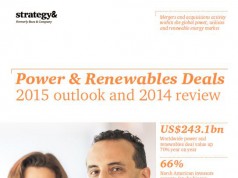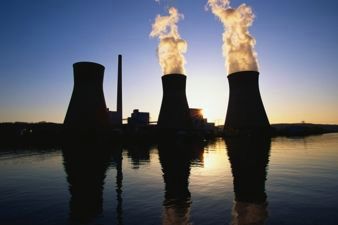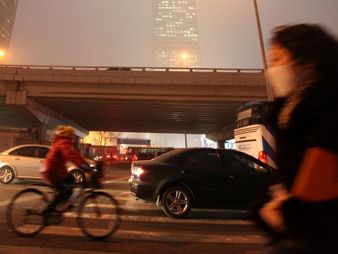 The Nordic region can become carbon-neutral by 2050 through big changes in its energy sector, including a ten-fold increase in wind generation, an end to all use of coal, and significant electrification of transport, the International Energy Agency (IEA) reports in the first regional edition of its flagship technology publication, Energy Technology Perspectives.
The Nordic region can become carbon-neutral by 2050 through big changes in its energy sector, including a ten-fold increase in wind generation, an end to all use of coal, and significant electrification of transport, the International Energy Agency (IEA) reports in the first regional edition of its flagship technology publication, Energy Technology Perspectives.
By listing the best ways for the region to reduce emissions, the new report offers important lessons for other countries by expanding on the Energy Technology Perspectives 2012 global scenarios for energy policies that would limit average global temperature increase to 2°C.
The “Nordic Energy Technology Perspectives” outlines the opportunities and challenges for the Nordic countries of Denmark, Finland, Iceland, Norway – a major fossil fuel exporter – and Sweden to use their rich renewable energy resources to transform their landscape and economy, with 10,000 onshore and 3,000 offshore wind turbines and the region exporting 75% of its new power generation.
In the short term, many of the reductions in emissions will come from improved energy efficiency, but the report outlines the new incentives and co-ordination Nordic countries will need to build on current policies as well as promote long-term solutions such as carbon capture and storage (CCS) and electric vehicles to become the first carbon-neutral region in the world.
The countries will have to completely decarbonise their electricity generation by 2050, increasing wind power to 25% of generation from just 3% today and expanding transmission by 150%. An expanded network will help abundant Nordic hydropower solidify the North European power system, with the region exporting up to 100 terawatt hours (TWh) annually, the equivalent of Vietnam’s current yearly consumption. Even as regional energy consumption falls by 7%, thanks to improved efficiency, new generation will grow by 40%, with renewable sources providing 80% of total output, the largest share in the world.
Emissions from transportation must fall by nearly 90% from current levels, with nine in ten new light vehicles in 2050 being pure electric or hybrid and most freight transport going by rail or running on biofuels. Along with industry, the transportation sector will be the hardest to decarbonise given the sparse population of the trade-intensive Nordic countries. The good news is that transportation costs should not rise significantly as reduced demand and higher efficiency will lower fuel bills.
Industry uses 35% of Nordic energy consumption, compared with the OECD average of 20%, and reducing that share will require USD 1 billion in energy-improvement investment each year. Applying the best available technology to industry would save up to a quarter of the region’s total energy demand while halving oil consumption, with the biggest gains possible in the cement and aluminium sectors. To reduce the sector’s emissions by 70%, the report calls for installing CCS at up to half of all cement and chemical plants and nearly a third of iron and steel facilities.
Buildings are responsible for a fifth of the region’s CO2 emissions. Nordic countries already hold four of the top spots in global rankings of building codes, but only 1% of the stock is replaced each year, so the report recommends spending three-quarters of the necessary investment in buildings through 2050 on improving building shells. In homes, building codes stipulate minimum requirements for housing insulation to limit energy demand, and those minimums have gradually been tightened. Nordic countries also help homeowners to meet, and even exceed, these requirements.
The IEA co-developed the regional edition with leading research institutes from all five Nordic countries as well as the Nordic Energy Research, an inter-governmental organisation under the Nordic Council of Ministers that supports regional sustainable energy research cooperation.
Source: IEA & Norden.


















